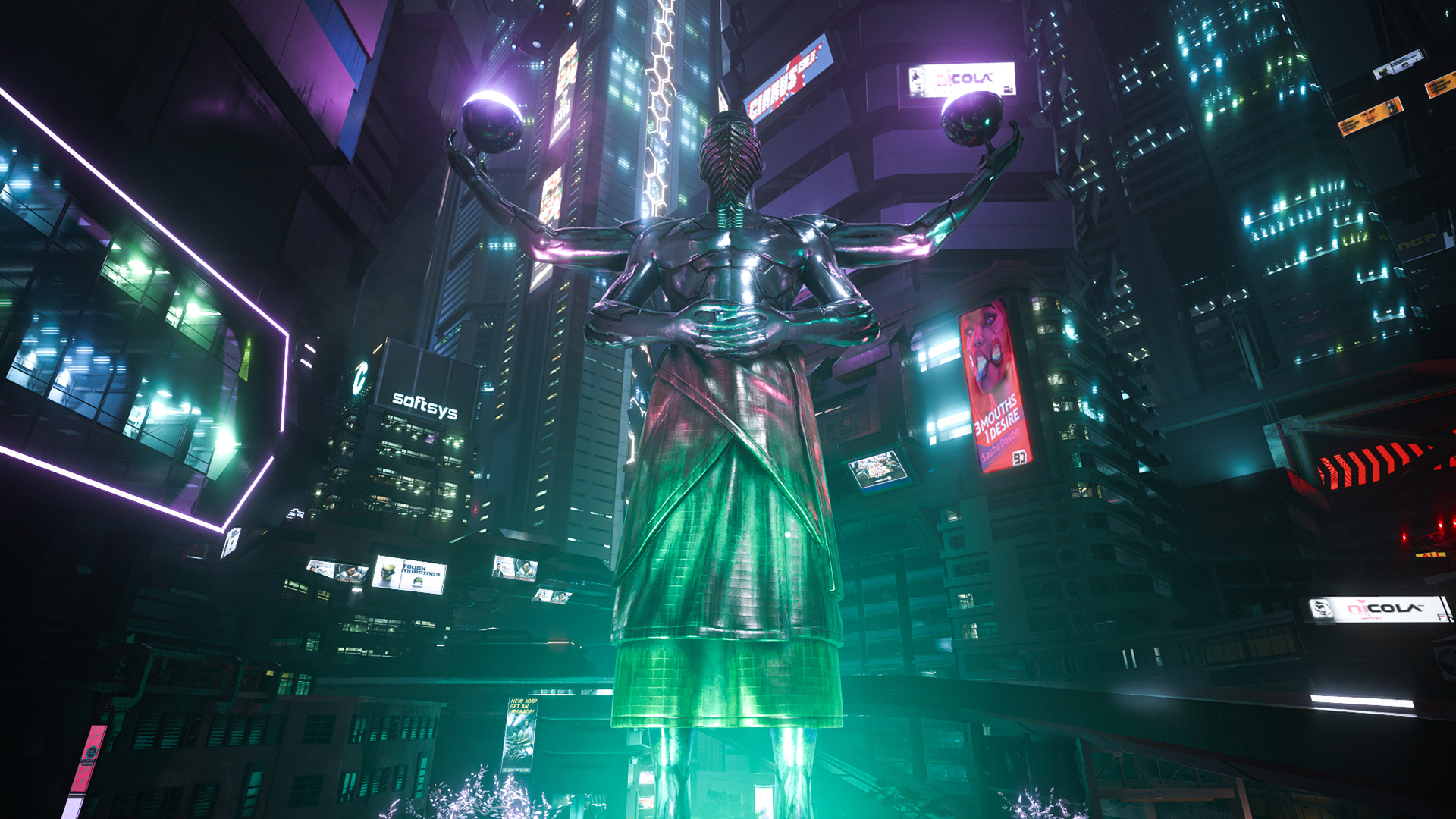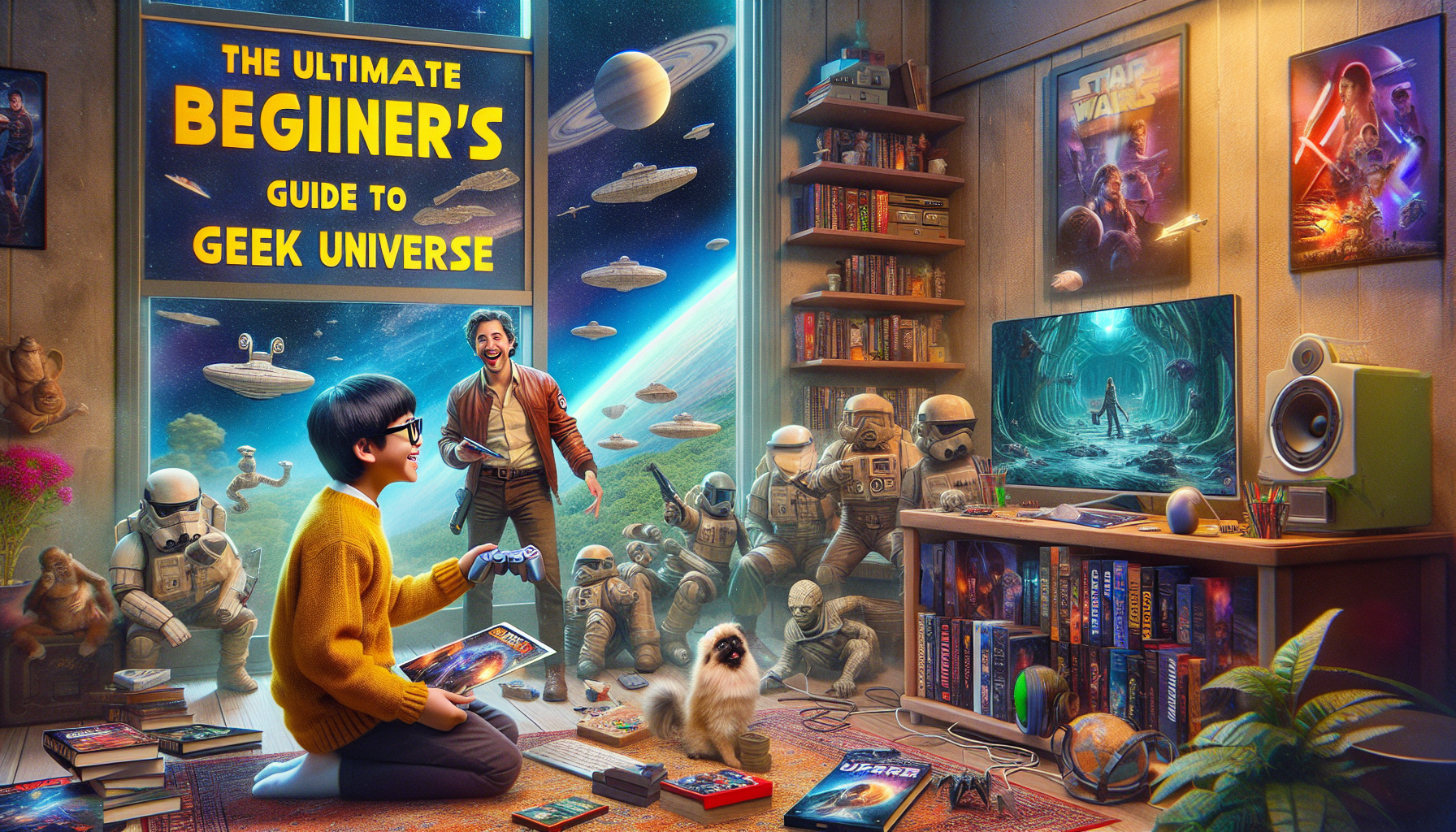Adverts
From the dark shadows of traditional movie theaters to the bright pixels of digital screens, horror cinema has captivated audiences over the decades, evolving into a terrifying journey that combines technological innovation with increasingly bold storytelling.
This journey, which began with a fascination with the first moving images, leads us to explore how the genre has transformed, reflecting the anxieties and fears of each era.
Adverts
Horror films, from their origins, have always been a reflection of social unrest. In the early 20th century, classic monsters such as Dracula and Frankenstein dominated the screens, reflecting fears of the unknown and the different.
As time progressed, new trends emerged, exploring the psychological and the supernatural, often serving as metaphors for real-life challenges such as wars, pandemics and social change.
Adverts
With the advent of the digital age, the genre has undergone a radical transformation. Advanced visual effects and CGI technology have allowed filmmakers to create terrifying worlds with stunning realism, taking horror to new heights. The use of cutting-edge technologies such as virtual reality and artificial intelligence has opened the door to more immersive and interactive horror experiences, redefining the way audiences experience fear.
Additionally, easy access to streaming platforms has revolutionized the distribution and consumption of horror films, allowing independent filmmakers to reach a global audience without traditional distribution barriers. This new digital landscape has brought to light a diversity of voices and perspectives, enriching the genre with innovative and challenging narratives.
Get ready for a journey through the dark corridors of horror film history, where every turn reveals a new facet of fear. We’ll delve into the classics, explore technological advances, and understand how social changes have shaped the genre, creating a complex and fascinating tapestry that continues to evolve and scare, generation after generation. 🎬👻
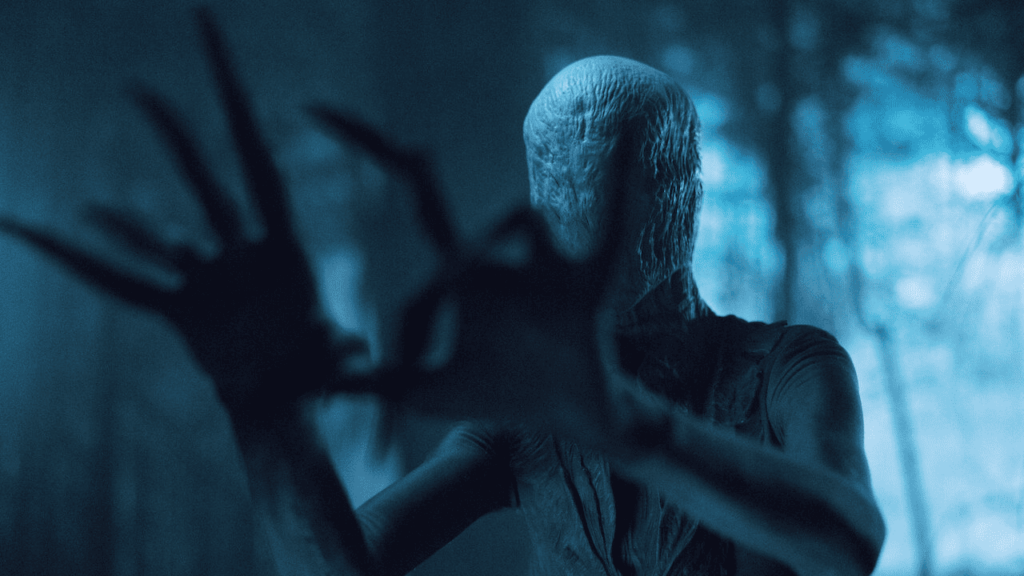
The Birth of Fear: The Beginnings of Horror Cinema
Since its earliest days, horror films have sought to explore the darkest corners of the human psyche, awakening fears that often remain latent, lurking in the shadows. In the early days, at the end of the 19th century, films such as “The Cabinet of Dr. Caligari” and “Nosferatu” laid the foundations for what would become one of the most influential and transformative genres in cinema. German Expressionism brought a dark and distorted aesthetic, exploring themes of insanity and duality. The use of shadows and light, almost dancing, created atmospheres of disorientation and terror, which not only captivated but also disturbed the viewer.
The Rise of Classic Monsters With the advent of sound in cinema in the 1930s, Universal Pictures emerged as a pioneer, producing a series of films that introduced the world to the classic monsters that would come to define an era: Dracula, Frankenstein, the Mummy and the Invisible Man. These iconic characters not only terrified, but also inspired a strange fascination, blurring the line between villain and misunderstood.
The aesthetics of these films, with their gothic settings and heavy atmosphere, solidified horror as a visually rich art form. Through elaborate makeup and groundbreaking special effects for the time, the monsters were brought to life on screen, leaving an indelible mark on popular culture and setting a standard that would influence generations of filmmakers to come.
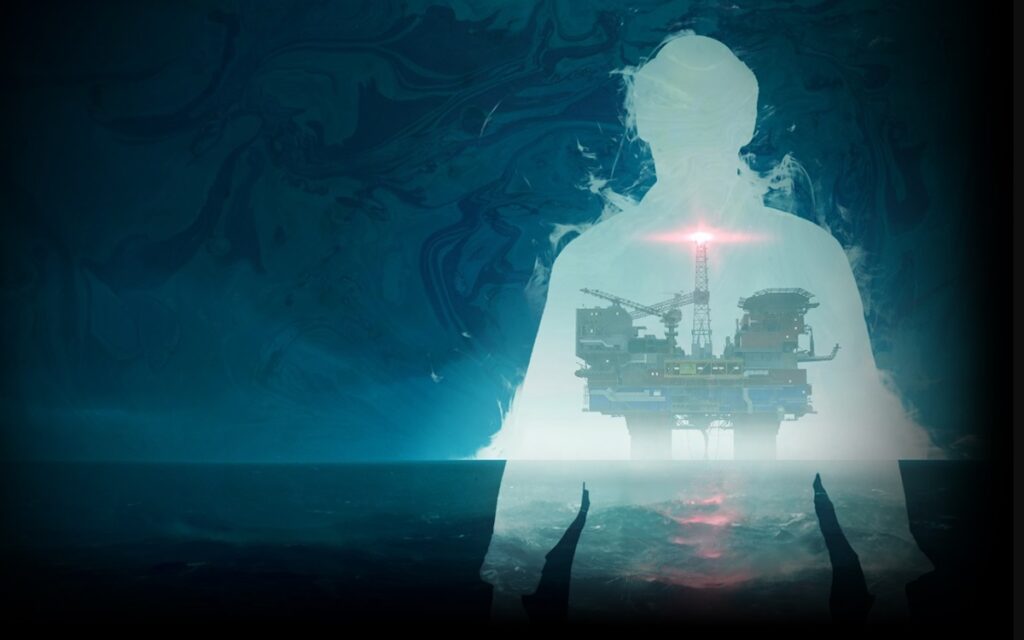
Horror in Color: The Revolution of the 50s and 60s
With the advancement of film technology, the transition from black and white to color brought new possibilities to the horror genre. In the 1950s and 1960s, horror films began to explore more varied themes, reflecting the cultural and social changes of the time. This period saw the birth of films that fed on the fears of the Cold War and nuclear threats, such as “The Day the Earth Stood Still” and “Godzilla”. Science became a fertile ground for horror, where failed experiments and genetic mutations personified the fears of modernity.
Additionally, psychological horror began to gain traction, with directors like Alfred Hitchcock redefining the genre. “Psycho,” for example, demonstrated how horror could be heightened through the skillful manipulation of narrative and visual elements, without relying on supernatural elements or visible monsters. Hitchcock brought out the fear of what lurks beneath the surface of the everyday, transforming the familiar into something terrifying.
In the 1960s, Hammer Film Productions revived Universal’s classic monsters, now in vivid, bloody color, capturing the attention of an audience seeking more visceral experiences. The impact of gore, once relegated to the shadows of black and white, now exploded onto the screen in vivid hues, adding a visceral layer to the horror. These productions also introduced a new kind of sensuality and violence, elements that began to define what modern horror would become.
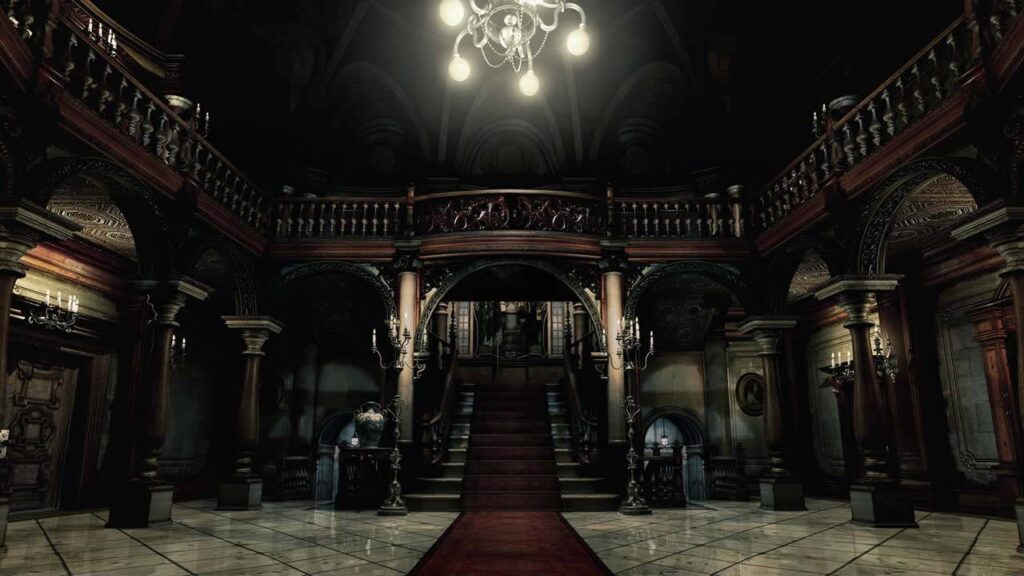
The Revolution of the 70s and 80s: Horror and Reality
In the 1970s and 1980s, horror cinema underwent a significant transformation, influenced by sociopolitical events and a growing demand for realism. This period saw the emergence of filmmakers who sought to subvert the genre's conventions, exploring horror through a more realistic and often shocking lens. Films such as The Exorcist, The Texas Chainsaw Massacre, and Halloween redefined the genre by introducing a more intimate and psychological horror that often reflected the anxieties of contemporary society.
“The Exorcist,” for example, brought horror into the home, exploring themes of possession and faith, while “The Texas Chainsaw Massacre” offered a disturbing look at violence and moral degradation. These films used horror to question morality and challenge social norms, serving as a dark mirror of reality. The emergence of the slasher subgenre, with its relentless killers and unrelenting tension, created a new form of horror that focused on survival and fear of the unknown.
The 1980s also saw the rise of practical special effects, which allowed for the creation of incredibly realistic and often grotesque scenes. Films like “A Nightmare on Elm Street” and “Hellraiser” took horror to new heights, blending supernatural horror with innovative visual elements. This was a period of experimentation, where filmmakers explored the limits of fear, constantly challenging audiences to face their worst nightmares.
Postmodern Horror of the 90s and 2000s
In the 1990s, horror cinema entered a new era, characterized by a postmodern approach that often played with established conventions. Films like Scream and The Blair Witch Project broke new ground by deconstructing the genre itself, offering a metanarrative that was both an homage and a critique of what had come before. Scream, in particular, revitalized the slasher genre by incorporating elements of humor and self-awareness, creating a direct dialogue with the audience about the rules of horror cinema.
On the other hand, “The Blair Witch Project” ushered in a new era for horror, using the found footage format to create an immersive and terrifying experience. This style of storytelling, which simulates footage of real events, brought a new layer of authenticity and realism to horror, making audiences question what is fiction and what could be reality. This approach became a hallmark of 2000s horror, with films like “Paranormal Activity” exploring the fear of the unknown through an amateur lens.
During this period, horror also began to diversify into subgenres, exploring themes such as psychological horror, with films like “The Sixth Sense,” and visceral horror, with works like “Saw.” This diversity of approaches broadened the scope of the genre, allowing horror to adapt and evolve to meet an increasingly demanding and globalized audience.
The Rebirth of Horror: A New Digital Age
Over the past decade, horror cinema has found new ways to reinvent itself, fueled by the digital age and streaming platforms. Films like “Get Out” and “Hereditary” have brought a new sophistication to the genre, tackling complex social issues and psychological trauma in a powerful and innovative way. This new wave of horror, often referred to as elevated horror, challenges audiences to look beyond the immediate scare and explore deeper layers of meaning and social critique.
Streaming platforms like Netflix and Hulu have democratized access to horror cinema, allowing independent works to reach a global audience. This new distribution model has allowed for a greater diversity of voices and perspectives, enriching the genre with stories from different cultures and contexts. Films like “The Babadook” and “Midsommar” exemplify this trend, offering unique narratives that challenge traditional horror conventions.
Additionally, digital technology has enabled the creation of more sophisticated and immersive visual effects, raising the bar for realism and tension in horror films. Virtual reality and augmented reality are also beginning to be explored as new frontiers for the genre, promising even more intense and interactive experiences. This horror renaissance, driven by technological innovation and narrative diversity, ensures that the genre will continue to evolve and captivate new generations of viewers.
The Influence of the Masters of Horror on Modern Culture
Masters of horror such as Alfred Hitchcock, John Carpenter and Wes Craven left a lasting legacy that continues to influence pop culture and contemporary cinema. Hitchcock, with his mastery of suspense and tension, elevated the genre to a respected art form, demonstrating that horror could be both intellectual and visceral. Films such as “Psycho” and “The Birds” continue to be studied for their innovative techniques and their ability to manipulate audiences’ emotions.
John Carpenter redefined modern horror with “Halloween,” establishing many of the tropes that are still used in horror films today. His minimalist approach, combined with iconic soundtracks, created an atmosphere of dread that became a cornerstone of the slasher subgenre. Wes Craven, meanwhile, brought a self-awareness and humor to horror with the “Scream” franchise, which not only paid homage to but also satirized the genre.
These directors, among many others, paved the way for future generations, demonstrating that horror can be a powerful medium for exploring social, psychological and existential themes. Their work continues to inspire filmmakers around the world, showing that even in an ever-changing world, fear and fascination with the unknown remain universal. The impact of these masters transcends cinema, permeating music, fashion and even video games, ensuring that horror remains an influential force in modern culture.
Conclusion
When we analyze the history of horror cinema, we notice a fascinating metamorphosis that transports us from the shadows of the past to the brilliant digital world of today. Initially, horror was characterized by productions that used light and shadow to instill fear, creating sinister atmospheres that are still iconic today. Over the years, the genre embraced technology and adapted to new audience demands, always reinventing itself. For example, the transition from black and white to color brought new visual possibilities, while digital special effects expanded the boundaries of what is possible on screen.
Furthermore, the advent of the internet and streaming platforms has made it possible to reach a global audience, democratizing the genre and allowing diverse voices to tell their horror stories. Consequently, this has resulted in more complex and innovative narratives that challenge traditional conventions. Ultimately, as we look at the evolution of horror cinema, we notice that it not only reflects the anxieties and fears of each era, but also adapts and survives, always finding new ways to surprise and terrify audiences. In short, horror will continue to evolve, maintaining its terrifying essence while exploring new technological and narrative frontiers. 🎬

